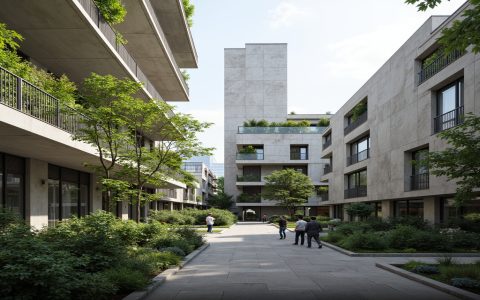Selecting indoor trees that thrive in low light requires choosing species adapted to lower light intensity. These robust specimens tolerate conditions bright enough to read comfortably but avoid direct, harsh sunlight.
Top Low-Light Tolerant Indoor Trees
- Snake Plant (Sansevieria trifasciata): Exceptionally tough, upright sword-like leaves. Tolerates very low light and irregular watering. Slow-growing.
- ZZ Plant (Zamioculcas zamiifolia): Glossy, dark green leaflets on arching stems. Highly resilient, storing water in rhizomes. Thrives with minimal light.
- Parlor Palm (Chamaedorea elegans): Graceful, feathery fronds on slender stems. Prefers bright, indirect light but adapts well to lower light conditions. Slow and steady growth.
- Cast Iron Plant (Aspidistra elatior): Very tough, deep green, lance-shaped leaves. Extremely tolerant of low light, irregular watering, and neglect. Minimal growth rate.
- Dragon Tree (Dracaena marginata): Slender, woody stems topped with tufts of narrow, red-edged leaves. Adapts to moderate to low indirect light, but may grow slower and lose lower leaves faster.
- Lady Palm (Rhapis excelsa): Slow-growing fan palm with deep green, divided leaves. Valued for its tolerance of lower light levels and refined appearance. Prefers consistent moisture.
- Weeping Fig (Ficus benjamina): Classic tree with graceful, arching branches. While preferring bright light, established specimens often tolerate low light conditions well; leaf drop may occur initially during acclimation.
Key Care Tips for Low Light Conditions
- Water Sparingly: Plants in low light photosynthesize slower, requiring less water. Always check soil moisture before watering; allow the top 1-2 inches to dry out.
- Avoid Fertilizing Frequently: Growth is slower in low light. Fertilize sparingly, typically halving the recommended strength and frequency during growing season; avoid entirely in winter.
Maximize Available Light: Clean leaves regularly to remove dust. Rotate plants occasionally for even growth. Keep them away from cold drafts and heating/cooling vents.






